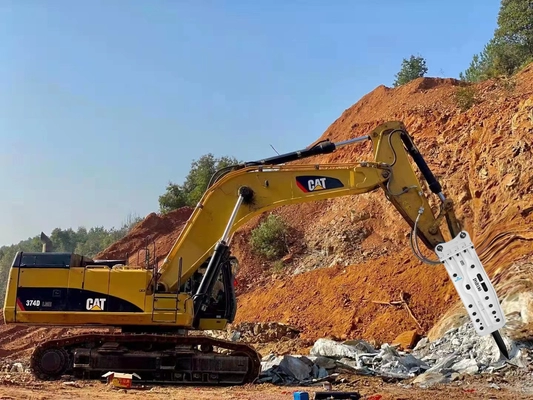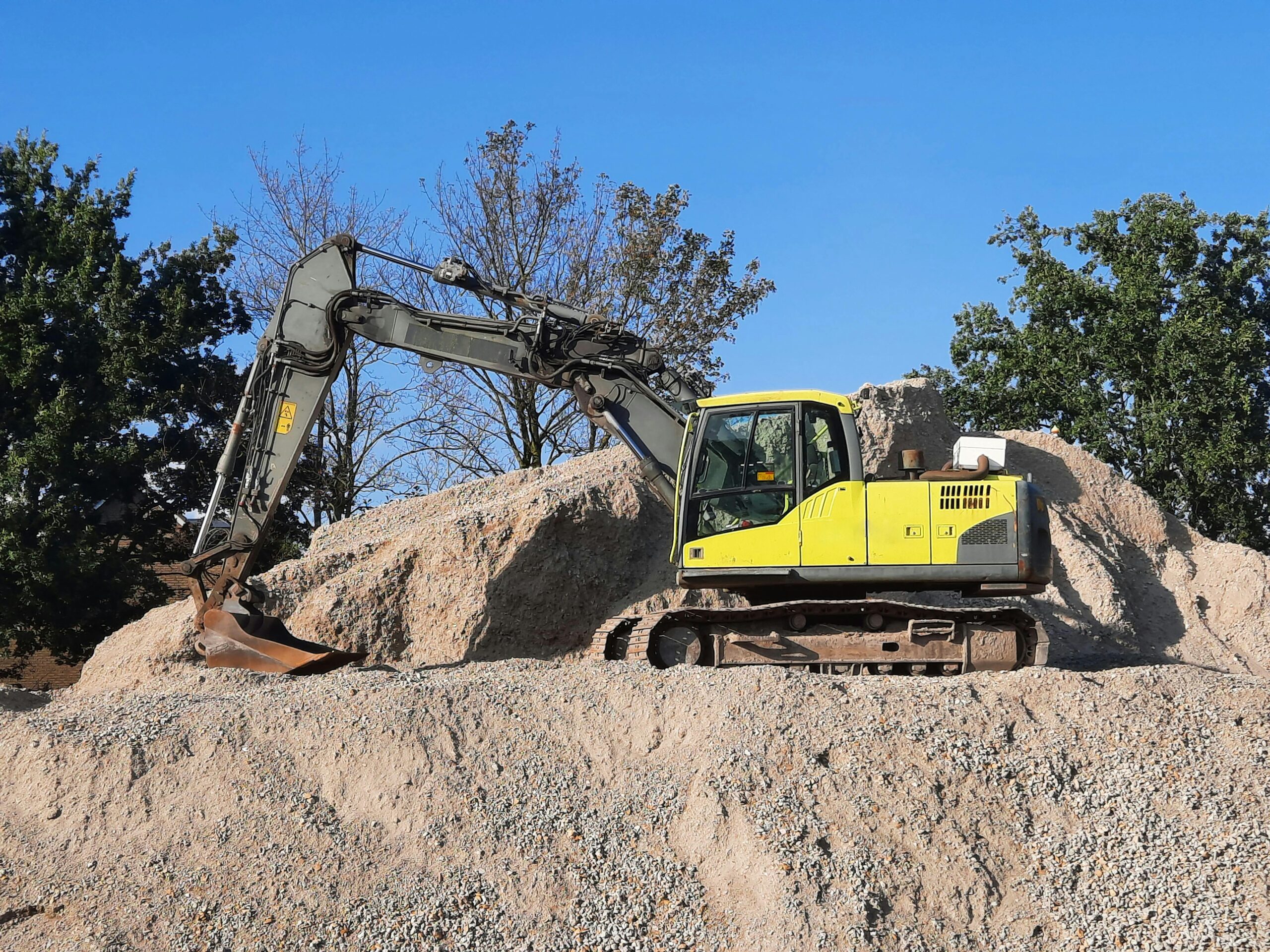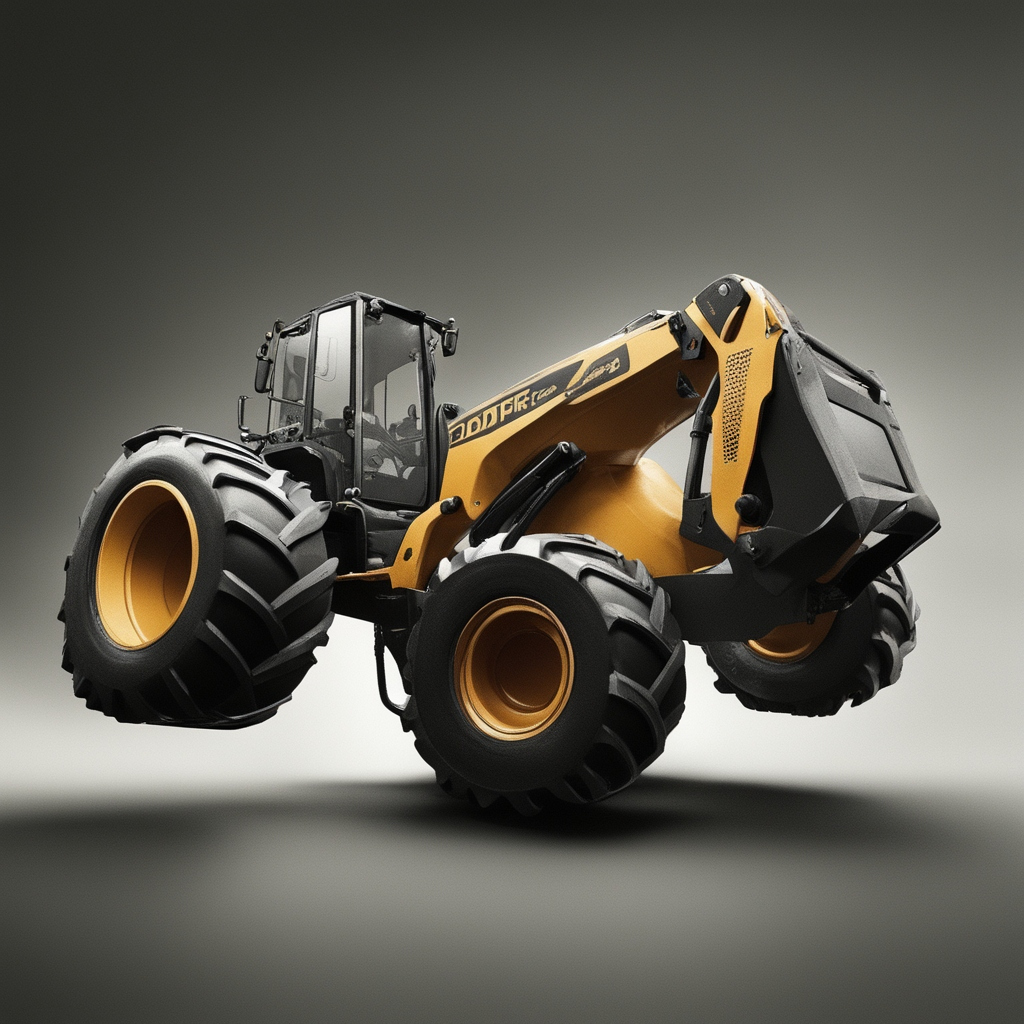Tools are essential in modern business today because they help build things quickly and satisfactorily. How well the construction tools work and their functionality depends on their parts. Whether they are engineers, project managers, or operators, everyone working in the building sector depends on these building tools. The main components of building machinery, their operation, and their necessity for building projects are explained in this blog
Engines
Any construction tool depends primarily on the engine. It gives the strength required to complete several chores, such as rapidly lifting a lot of dirt or effortlessly dragging bulky objects. Often utilized as building tools, diesel engines have a lot of power and lifetime. When you build an engine for machinery, the cylinder block, pistons, valves, fuel pumping, and system are some of the essential parts. The efficiency and capability of the machinery depend on the engine’s functioning.
Hydraulic Systems
Hydraulic systems are essential for construction tools because they help move and operate different parts. In these systems, force, and movement are controlled by fluids under pressure. The most important parts of hydraulic tools are the pumps, cylinders, valves, and fluid tanks. The hydraulic pump turns mechanical energy into hydraulic energy. The fluid sends this power to the pistons and other parts. This technology helps you achieve more precise control over mechanical jobs like lifting, digging, and steering.
Transmission Systems
These systems are essential for construction tools because they send power from the engine to the wheels or tracks. The best tools use these technologies, making it easy to move tools over different types of land and carry different loads. Gears, clutches, bearings, and torque converters are some of the most crucial components of transmission systems. Many kinds of construction projects benefit from the shift system since it makes it easy for workers to modify the speed and direction of the tools.
Undercarriages
In construction equipment, the undercarriage is the lower component that supports weight and provides stability. Rolls, idlers, sprockets, wheels, and rails make up this system. The type of undercarriage is based on the specific machinery and the terrain it will operate on. For example, the wheeled undercarriage of excavators and bulldozers keeps them quite stable on uneven ground. In contrast, wheeled undercarriages are used in loaders and cranes for their mobility on smoother surfaces.
Attachments
Attachments are other components that can be added to building tools to enable particular tasks. You can employ buckets, blades, augers, grapples, and hammers, among other tools. Attachments improve the adaptability of building tools so that one single machine can carry out several purposes. An excavator could include several tools, including a crane for transporting objects, a bucket for digging, and a hammer for breaking up concrete. The instruments available rely on the requirements of the building project.
How To Choose the Right Construction Machinery Parts Suppliers
Suppliers of construction tool parts are very important for ensuring the efficiency and reliability of machines. These suppliers provide the necessary components to keep machinery operational, keeping construction projects running smoothly. Understanding the landscape of construction machinery parts suppliers is essential for procurement managers, maintenance teams, and project planners.
Types of Suppliers
Many people are selling building equipment parts, and every one of them has a unique range of products and services.
Original Equipment Manufacturers (OEMs):
Parts purchased by brand-new equipment manufacturers (OEMs) come from the same firm producing the equipment itself. Many people like OEM parts because they are better quality and guaranteed to be compatible.
Aftermarket Suppliers
These parts were not made by the original equipment manufacturer (OEM). They are carefully made to fit and work like OEM parts. Aftermarket parts are a good choice and a cost-effective alternative.
Authorized Dealers:
Officially, the OEM has permitted these businesses to sell OE parts. Most of the time, they offer extra services like repairs and maintenance.
Independent Distributors:
These suppliers can obtain items from many manufacturers, which allows them to offer a wide range of choices to their clients. They also offer many parts, both OEM (original equipment manufacturer) parts and secondary parts.
Conclusion
You have to understand how crucial it is to have reliable part suppliers if you want to succeed in the construction industry. Among the most crucial components of tools enabling their operation are gears, engines, hydraulic systems, and control systems. Original equipment manufacturers (OEMs) and aftermarket vendors are two very crucial sources that guarantee the availability and good quality of these components. By fully accepting digital change and implementing sustainable practices, Ct Parts can make their construction parts supply much more reliable and better for the environment. You can count on CT Parts to give you high-quality parts to ensure your construction equipment works at its best and makes the most.




